S K De, K Naskar, J White1847350992, 978-1-84735-099-2, 978-1-84735-100-5
Table of contents :
Table of Contents……Page 7
Preface……Page 19
1.1 Introduction……Page 23
1.2 Fillers and Elastomer Reinforcement……Page 24
1.3.2 Microscopy……Page 27
1.3.3 Automated Image Analysis……Page 28
1.4 Analytical Procedure by TEM/AIA……Page 30
1.4.2 Image Digitalisation……Page 31
1.4.3 Image Analysis……Page 32
1.4.4 Statistical Analysis……Page 34
1.5.1 Dry state……Page 35
1.6.1 Atomic Force Microscopy/Automated Image Analysis……Page 36
1.6.2 Transmission Electron Microscopy/Automated Image Analysis……Page 37
1.6.3 Microdensitometry and 3D-TEM/Electron Tomography……Page 41
Acknowledgements……Page 42
References……Page 43
2.2 Features of the Intelligent Tyre……Page 51
2.2.1 Identification and Memory……Page 52
2.2.3 Infl ation Pressure……Page 53
2.2.6 Treadwear……Page 54
2.3.1 Tyres……Page 55
2.3.2 Competing Products – Wheel-based Systems……Page 57
2.3.3 The TREAD Act of 2000……Page 58
2.4.1 Tyre……Page 59
2.4.2 Electronics……Page 65
2.4.3 Signal from Tyre……Page 70
2.4.4 Readers……Page 74
2.6 Summary……Page 76
References……Page 77
3.1 Introduction……Page 81
3.2.1 Various Classes of Silicas: Pyrogenic versus Precipitated, and their Production……Page 82
3.2.2 Properties of Highly Dispersible Silicas……Page 84
3.2.3 Compatibility Aspects……Page 85
3.3.1 Types of Commonly used Coupling Agents……Page 86
3.3.2 Reactions Between Silica, Silane Coupling Agent and Rubber Polymer……Page 87
3.3.3 Kinetics……Page 90
3.3.4 Alternative Coupling Agents……Page 92
3.4.1 Rubber Reinforcement by Silica versus Carbon Black……Page 95
3.4.2 The Payne Effect……Page 96
3.4.3 Hysteresis Properties: tan d at 60 °C……Page 97
3.4.4 Alternative Means to Quantify Filler-Filler and Filler-Polymer Interaction……Page 98
3.5.1 Effect of TESPT on the Properties of Uncured and Cured Compounds……Page 99
3.5.2 Properties of Uncured Compounds in Relation to the Dump Temperature in the Presence of TESPT Silane Coupling Agent……Page 103
3.5.3 Effect of the Dump Temperature on the Tensile Properties of Cured Samples……Page 105
3.5.4 Interactions Between Time and Temperature as an Indication of Reaction Kinetics of the Coupling Reaction……Page 107
3.5.6 Considerations on Mixer Operation……Page 108
References……Page 110
4.2 Fibre Types and General Properties……Page 119
4.2.2 Rayon……Page 121
4.2.3 Polyamides……Page 122
4.2.4 Polyester, Poly(ethylene terephthalate) (PET)……Page 123
4.2.5 Aramid……Page 124
4.2.6 Others……Page 126
4.3 Yarn and Cord Processes……Page 130
4.3.1 Twisting……Page 131
4.3.2 Texturing……Page 133
4.4.1 Titer: Tex and Denier……Page 134
4.4.2 Tenacity and Modulus: g/denier, N/tex or GPa……Page 135
4.5.1 Types of Adhesive Interactions……Page 136
4.5.2 Promoting Adhesion……Page 139
4.6 Dipping Process……Page 150
4.6.1 Factors Infl uencing Adhesion in Standard Resorcinol Formaldehyde Latex (RFL) Treatment……Page 151
4.7 Alternative Dip Treatments for Polyester or Aramid……Page 157
4.8.1 Polyester……Page 161
4.9 Plasma Treatment……Page 166
4.10.2 Chemical Modifi cation of Rubber……Page 167
4.11.1 Pullout Tests……Page 168
4.11.3 Surface Analysis……Page 172
4.12 Fibres in Tyres……Page 175
References……Page 176
5.2 Acoustic Applications……Page 181
5.2.1 Sonar Rubber Domes……Page 183
5.2.2 Active Sonar……Page 186
5.2.3 Insulation……Page 187
5.3 Solid Rocket Propellants……Page 188
5.4 Blast Mitigative Coatings……Page 191
5.5 Aircraft Tyres……Page 193
5.6 Airships……Page 197
5.7.1 Combat Rubber Raiding Craft……Page 200
5.7.2 Hovercraft……Page 201
5.8 Rubber Sealants……Page 202
5.9.1 Rubber Bullets……Page 203
5.9.3 Elastomeric Torpedo Launcher……Page 204
5.9.4 Mobile Offshore Base……Page 206
Acknowledgements……Page 207
References……Page 208
6.1 Introduction……Page 211
6.2 Requirements for Fillers in Tyre Applications……Page 212
6.3.1 Chemically-Modified Carbon Blacks……Page 213
6.3.2 Inversion Carbon Blacks……Page 215
6.4.1 Carbon-Silica Dual Phase Filler……Page 217
6.4.2 Silica-Coated Carbon Blacks……Page 224
6.5.1 New Precipitated Silica for Silicone Rubber……Page 225
6.5.2 Starch……Page 226
6.6 Advanced Rubber-Filler Masterbatches……Page 227
6.6.1 Cabot Elastomer Composites……Page 228
6.6.2 Powdered Rubber……Page 232
References……Page 236
7.2 Polymer Blends……Page 241
7.4 Dynamic Vulcanisation……Page 242
7.5 Production of TPV……Page 243
7.6.1 Crosslinking Agents For PP/EPDM TPV……Page 244
7.6.2 Morphology of PP/EPDM TPV……Page 255
7.7 Rheology and Processing of TPV……Page 259
7.8 Compounding in TPV……Page 261
7.9 End Use Applications of TPV……Page 262
References……Page 263
8.1 Introduction……Page 271
8.2.1 Rigid Power Cables……Page 273
8.2.3 Special Purpose Cables……Page 274
8.3 Components of Cable……Page 275
8.3.1 Conductor……Page 276
8.3.2 Insulation……Page 278
8.3.3 Significance of Different Properties on Cable Insulation Quality and Performance……Page 280
8.3.5 Selection Criteria for Insulation……Page 283
8.4 Cable Jacket (Sheath)……Page 284
8.4.2 Criteria for Selection of Sheaths (Cable Jacket)……Page 286
8.5 Semi Conductive Components for High Voltage Cable……Page 287
8.5.1 Property Requirements of Semi-conductive Compounds……Page 288
8.6.1 Polymers used in Cables as Insulation, Sheathing and Semi-conducting Materials……Page 289
8.6.2 Common Elastomers for Cables……Page 290
8.6.3 Specialty Elastomers for Cables……Page 294
8.6.4 Thermoplastic Elastomers for Cables……Page 296
8.6.5 High Temperature Thermoplastics and Thermosets……Page 297
8.7 Different Methods of PE to XLPE Conversion……Page 301
8.7.2 Crosslinking by the Sioplas Technique……Page 302
8.8 Different Compounding Ingredients……Page 303
8.8.3 Organic Peroxides and Other Curing Agents……Page 304
8.8.6 Antiozonants……Page 305
8.8.7 Fillers……Page 306
8.8.9 Plasticiser, Softeners, Processing Aids……Page 308
8.9 Cable Manufacturing Process……Page 309
8.9.1 Basic Principles of Compounding……Page 311
8.9.3 Open Mixing……Page 312
8.9.4 Application of Cable Insulation Covering……Page 313
8.9.5 Curing of Cable……Page 314
8.10 Quality Checks and Tests……Page 315
8.11.1 Mining Cable……Page 317
8.11.2 Aircraft and Spacecraft Cable……Page 319
8.11.3 Nuclear Power Cables……Page 322
8.11.4 Ship Board and Marine Cables……Page 325
References……Page 326
9.1 Introduction……Page 331
9.2.2 Mechanism of Rubber Oxidation……Page 332
9.2.3 Stabilisation Mechanism of Antioxidants……Page 335
9.2.4 Methods of Studying the Oxidation Resistance of Rubber……Page 337
9.3.1 Introduction……Page 338
9.3.2 Mechanism of Ozone Attack on Elastomers……Page 340
9.3.3 Mechanism of Antiozonants……Page 343
9.4 Mechanism of Protection Against Flex Cracking……Page 348
9.5.2 Long-Lasting Antioxidants……Page 350
9.5.3 Long-Lasting Antiozonants……Page 353
References……Page 357
Introduction……Page 365
10.1.1 Infra Red (IR) Analysis……Page 368
10.1.3 Evaluation of Crosslinking……Page 370
10.1.4 Mass Spectrometry Analysis……Page 371
10.1.5 Mechanism of Degradation Under an Inert Atmosphere……Page 372
10.2.1 IR Analysis……Page 375
10.2.3 Analysis of the Oxidation Products……Page 378
10.2.4 Gamma Irradiation in vacuo of Hydroperoxides Formed in EPDM Films……Page 381
10.2.6 Evaluation of Crosslinking……Page 383
10.2.7 Post-Irradiation Analysis……Page 384
10.2.8 Conclusion……Page 385
10.3 Mechanism of Radiooxidation……Page 386
10.3.1 Formation of Hydroperoxides……Page 387
10.3.2 Recombination of Peroxy Radicals……Page 389
10.3.3 Conclusion……Page 393
10.4 Evaluation of Some Antioxidants……Page 394
10.4.1 Experimental……Page 395
10.4.2 Experimental Results……Page 396
10.4.3 Conclusion……Page 398
References……Page 399
11.1 Introduction……Page 403
11.2 Chemistry……Page 404
11.3 Manufacturing……Page 407
11.4 Three Major Classifi cations of Silicone Rubber……Page 408
11.5.3 Mechanical Properties……Page 409
11.5.7 Water Resistance……Page 410
11.5.10 Permeability……Page 411
11.5.15 Thermal Ablative……Page 412
11.6 Compounding……Page 413
11.6.3 Filler……Page 414
11.6.4 Softener……Page 417
11.6.5 Vulcanisation……Page 418
11.7 Processing……Page 421
11.7.2 Moulding……Page 423
11.7.3 Extrusion……Page 424
11.7.5 Sponge……Page 425
11.7.7 Co-moulding and Over-moulding……Page 426
11.8 Troubleshooting……Page 427
11.9.1 Automotive Applications……Page 428
11.9.5 Appliances……Page 431
References……Page 432
Abbreviations……Page 435
Index……Page 443
Back Cover……Page 452
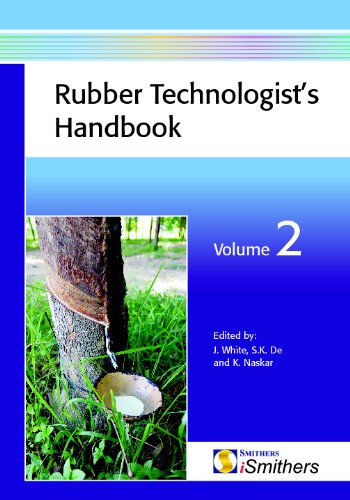

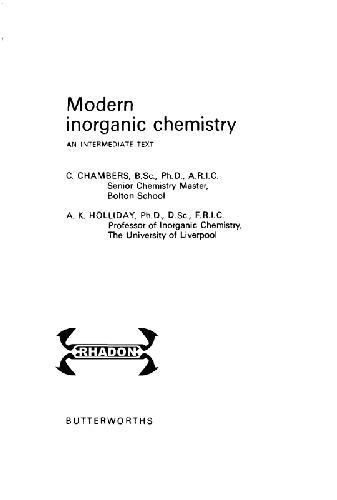
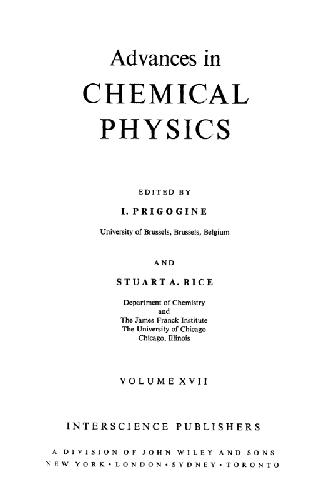

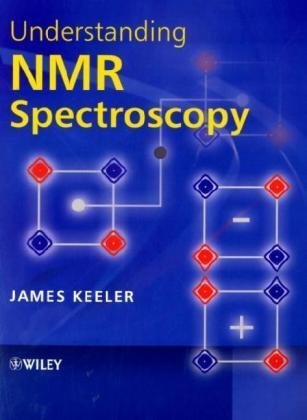
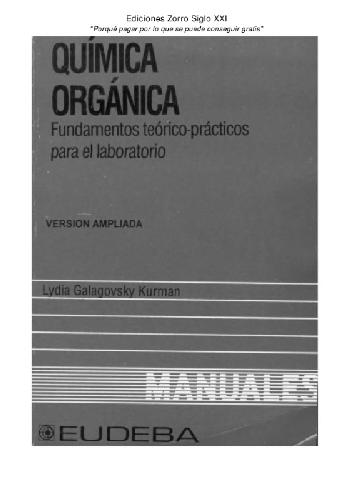
Reviews
There are no reviews yet.